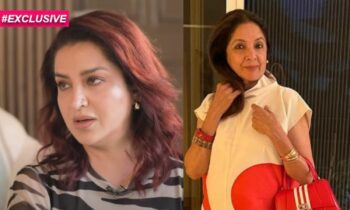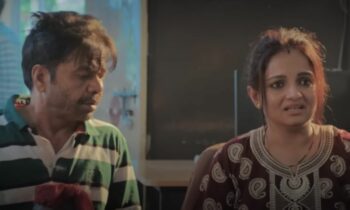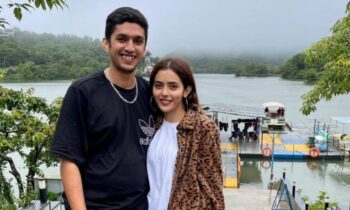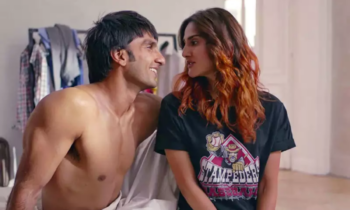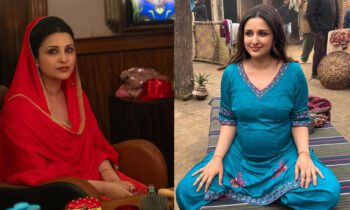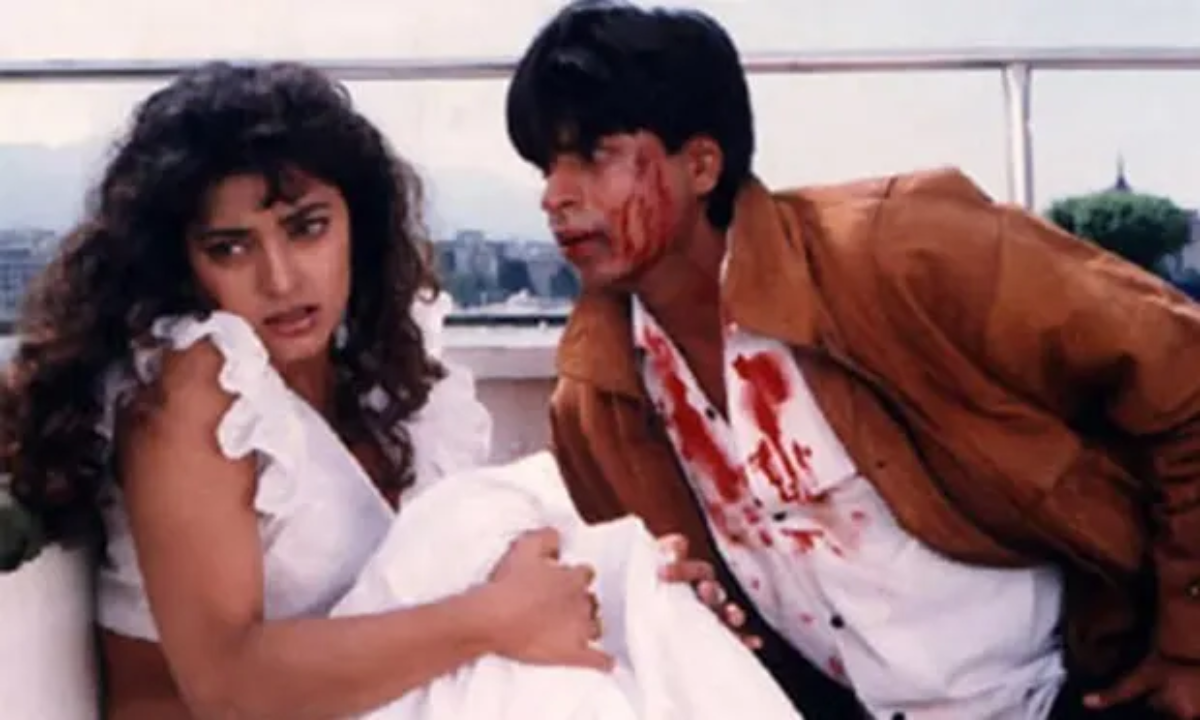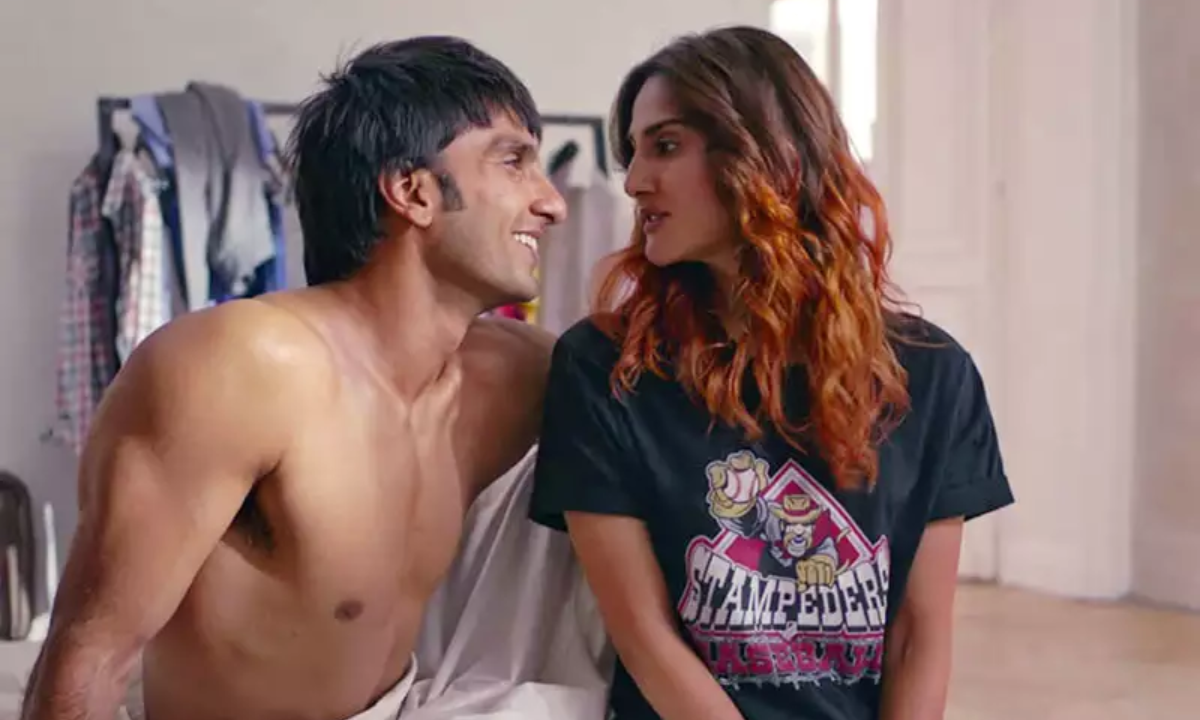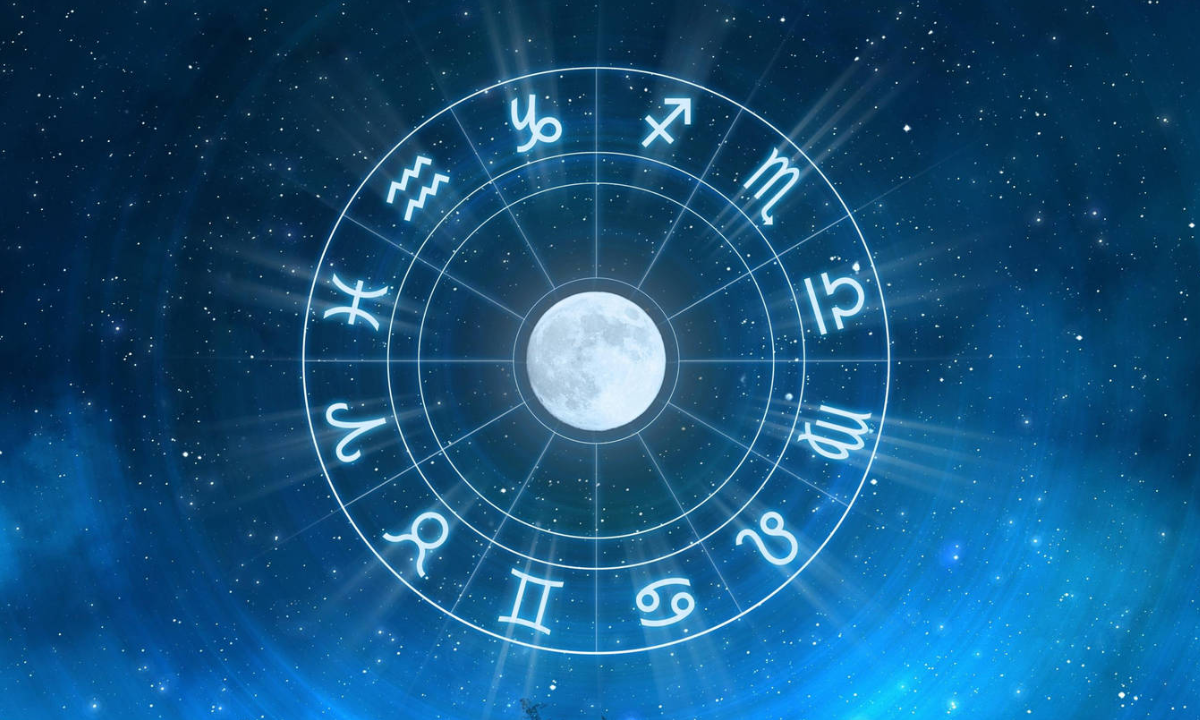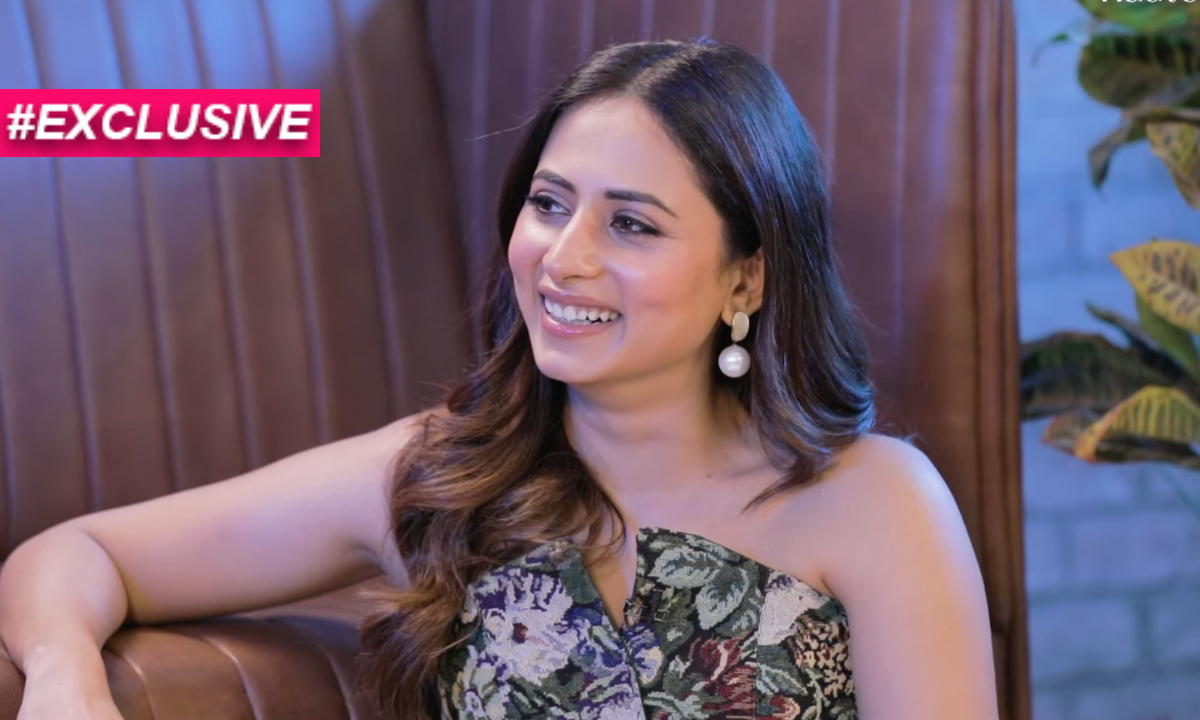From Phulkari To Sujini, Embroideries That Celebrate Women And India
Empowering women and preserving India's culture!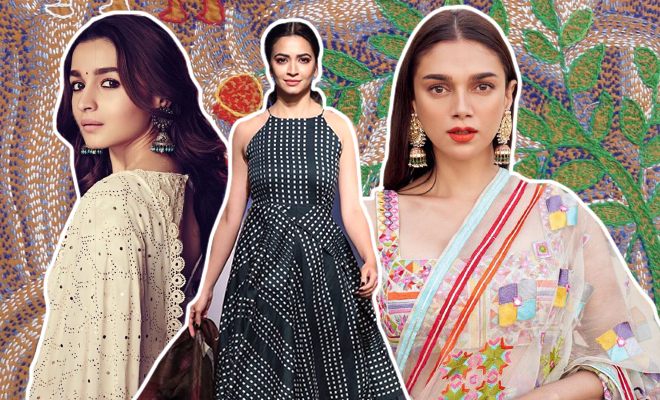
India’s rich history in fashion is often visible through its variety of colours, embroideries and prints. Being home to a gamut of age-old traditional treasures, India’s historic background in fashion is still resting in the old trunks of our ancestors, that trickle down to the present generations as a token of love, and cherished heirlooms. But with the impactful influence of western fashion, many Indians have almost forgotten what India is capable of. From prints to embroideries, that change with changing states, is what the country has to offer. With that, we bring to you our favourite Indian embroideries that celebrate the spirit of women and the country’s culture, that you can support this Republic Day.
Chamba Rumal
Hailing from Himachal Pradesh, from where the embroidery also gets its name, Chamba Rumal is a popular form of embroidery that originated in the 18th century. Known to be performed by queens of famous kingdoms, as a gift during weddings, Chamba Rumal features a form of miniature art, curated out of a double satin stitch. The embroidery type is still a common source of livelihood for skilled crafts women from the state.
View this post on Instagram
Phulkari
Phulkari is made using two words–Phul, which means– flower and Kari, which means–work, is Punjab’s most popular handicraft. Practised by women from the state since the 15th century, this embroidery describes the country’s love for colours through an overlay of traditional motifs and designs in striking shades. What makes this embroidery type our favourite in this list, is its history. As known through family stories, Phulkari was a remarkable way of celebrating the birth of a girl child, which was known to be auspicious in Punjabi families. As soon as the girl was born, women from her family would start crafting multiple versions of the Phulkari embroidery, through dupattas and suits in order to gift her the same at the time of her wedding.
View this post on Instagram
Sujini
Hailing from Bihar, this interesting form of embroidery is an expressive mode of art, used by artisans to craft unique visual stories on fabric. Similar to Kantha, Sujini welcomes the usage of old fabric pieces to curate a unique piece, featuring motifs inspired by the nature around. A major source of livelihood for the women in Bihar. Today, this unique form of embroidery rests on the shelves of designer houses, that are giving this traditional art a unique form.
View this post on Instagram
View this post on Instagram
Chikankari
One of the most loved embroideries in India is the craft of Chikankari. This popular form of embroidery is said to be invented by Nur Jahan, Empress of Hindustan and wife of Mughal emperor Jahangir. Resting in the gullies of Lucknow is this beautiful tonal, thread embroidery that is popularly created over dupattas and kurta patterns. Loaned from the Persian and Mughal culture, the embroidery is famously available in the white-on-white format on kurtas and is found on fabrics like–cotton, georgette, silk, chiffon and more.
View this post on Instagram
View this post on Instagram
Kheta
Loaned from the idea of Kantha embroidery, practised in Bengal, Kheta is a popular, and lesser-known embroidery type practised by the women of the Shershabadi community. Preserving the ancient embroidery of India, the craft is also a medium of livelihood for these women and their families. The process follows the idea of patchwork embroidery, where a variety of fabrics are stitched together to form a new, upcycled piece. Popularly curated out of old sarees in an attempt to recycle them or curate a quilt-like structure, multiple layers of fabrics, featuring simple geometric shapes and colours are combined together using simple stitches, in order to put discarded, old fabric to better use.
View this post on Instagram
Kasuti
Resting in the books of Indian history since the Chalukya period, the Kasuti embroidery hails from Karnataka. Popularly performed on sarees and blouses, these embroidered motifs are inspired by flora and fauna. Historically performed by women of Mysore, this embroidery type is still a significant source of livelihood for rural women from the southern belt of India.
View this post on Instagram
Also Read: What Is A Soft Glam Bridal Look? Dulhans Like Athiya Shetty, Alia Bhatt Chose This Trend!
Mukaish
Another popular embroidery type from Lucknow is the process of sewing sparkling metal embellishments to a piece of cloth. The two forms of this embroidery are divided into women and men. Wherein the former perform dotted Mukaish embroidery and the latter are known to create Kamdani, which requires them to curate motif designs. Mukaish often takes a new shape and form, when performed over Chikankari embroidery, which is also a popular name from Lucknow.
View this post on Instagram
View this post on Instagram
So, what’s your favourite embroidery type?






